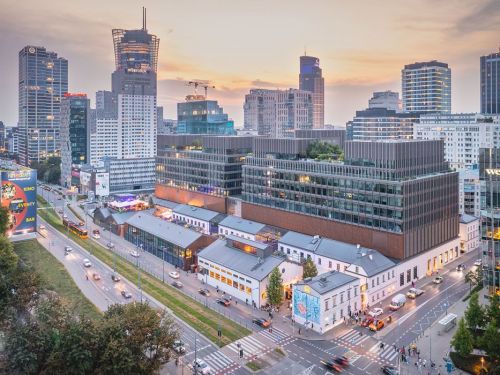Last year Poland and Russia ruled over the investment market of Central and Eastern Europe. Combined the two countries accounted for as much as 80 pct of the total value of the transactions in the region, which reached EUR 10 bln. This was, by the way, a highly successful period for the entire market. the value of transactions in the region increased by 31 pct over the year. The biggest jump was observed in the Czech Republic, where the volume exceeded EUR 1 bln – as much as 68 pct higher than a year earlier.































































